From the hallowed halls of the Manitoba Legislative Building, our tour group headed off towards the lavish neighborhood of Wellington Crescent. Situated a stone’s throw from downtown Winnipeg, this is one of the most expensive neighborhoods in all of Canada. The houses within this neighborhood are big and beautiful. Most of the residents have a median household income of over $100,000, which is more than double the cities at $50,000. There are 580 dwellings in Wellington Crescent worth an average of $381,142. It was reminiscent of driving through Lake Forest or Winnetka, Illinois which were the towns frequently used in many John Hughes movies throughout the 1980’s. The houses had large front yards and driveways that seemed to go on and on. In fact, just driving past these houses with all that snow blanketed the area made me feel like I was in a scene from Home Alone; I was too busy keeping an eye out for the Wet Bandits!
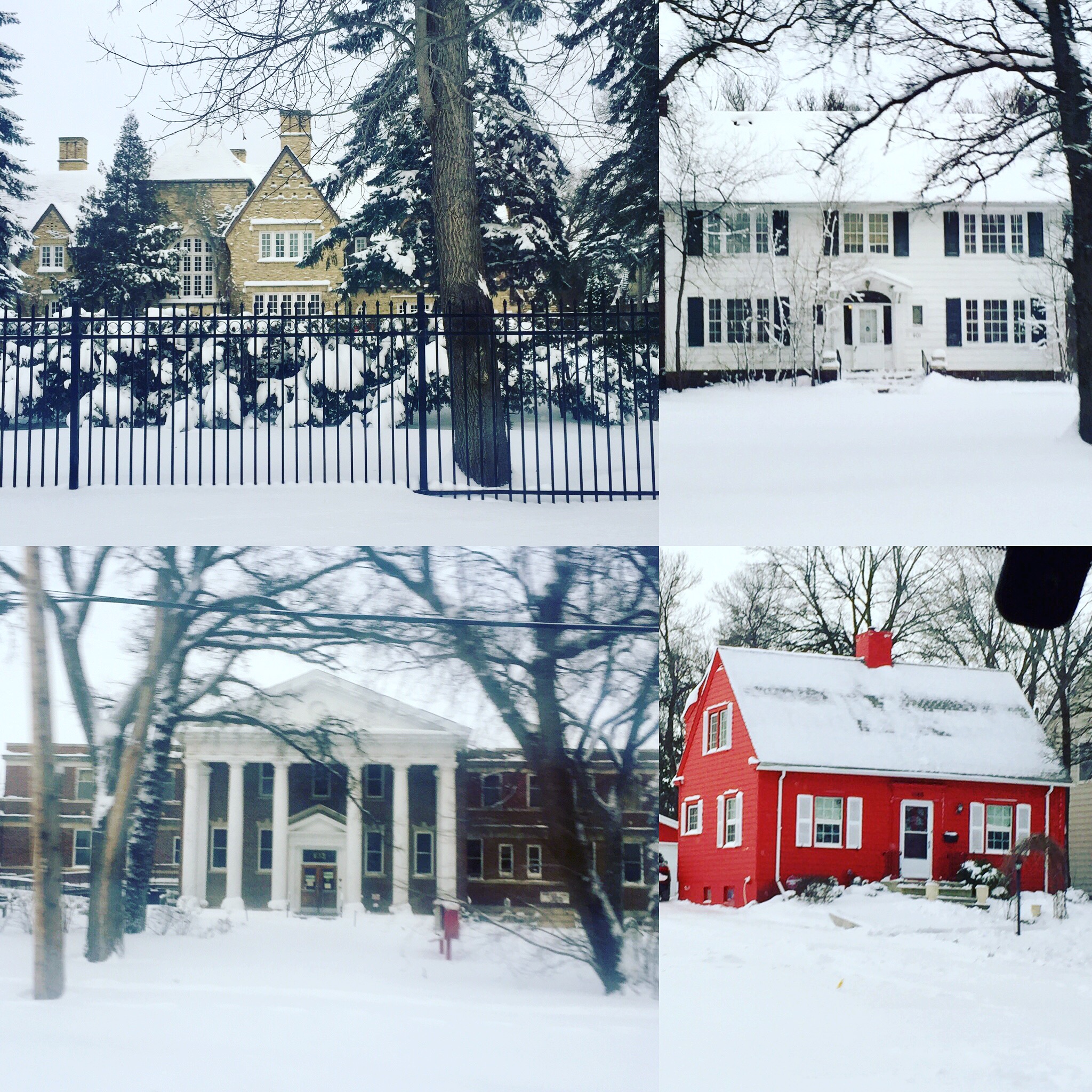
From Wellington Crescent, Michelle drove us to Assiniboine Park, home to the Assiniboine Zoo, Assiniboine Park Conservatory, the historic Assiniboine Park Pavilion, formal and informal gardens, a sculpture garden, a miniature railway, an outdoor theatre for performing arts, and numerous other attractions. A large piece of land, much of it made possible though Izzy Asper, it was a sprawling playground that just screamed Canada from every tree and rock. I saw kids sledding downhill, elk and moose trotting through the zoo, snow gently being blown through the trees, Jack Frost nipping at my nose, and every sign written in French and English. The park officially opened in 1909, and is located north of the Assiniboine Forest, along the Assiniboine River. It is named for the Assiniboine people, indigenous to Manitoba. The park covers 1,100 acres of which 400 acres are designed in the English landscape style.
As we made our way past the Assiniboine Zoo, Michelle then told us about one of Winnipeg’s most famous natives: Winnie-the-Pooh! I couldn’t believe that favorite honeypot loving, silly willy nilly old bear that is stuffed with fluff was a Canuck! Well actually, he wasn’t, but the story of how Pooh went from a real bear to storybook friend to Disney icon is an interesting one. Winnie was a female black bear that lived at the London Zoo from 1915 until her death in 1934. Upon the outbreak of World War I in August 1914, Lt. Harry Colebourn of The Fort Garry Horse, a Canadian cavalry regiment, volunteered his service. On 24 August, while en route to Valcartier to report to the Canadian Army Veterinary Corps (CAVC) as part of the Canadian Expeditionary Force, he purchased a young bear cub for $20 at a train stop in White River, Ontario. The bear’s mother was probably killed in the spring of 1914 when the cub was very young and could most easily have become socialized to humans. Colebourn named the bear “Winnipeg”, “Winnie” for short, after his home city of Winnipeg, Manitoba. Winnie accompanied him to Valcartier and all the way to England, becoming the mascot of the CAVC and a pet to the Second Canadian Infantry Brigade Headquarters. Before leaving for France, Colebourn left Winnie at London Zoo.
Winnie’s eventual destination was to have been the Assiniboine Park Zoo in Winnipeg, but at the end of the War, Colebourn decided to allow Winnie to remain at the London Zoo, where she was much loved for her playfulness and gentleness. Among her fans was A. A. Milne’s son Christopher Robin, who consequently changed the name of his own teddy bear from “Edward Bear” to “Winnie the Pooh”, providing the inspiration for his father’s stories about Winnie-the-Pooh.
The park’s signature feature, the Assiniboine Park Pavilion became a focus of early Winnipeg’s social life. Originally designed by John D. Atchison and built in 1908, it included a dance hall, a banquet hall, lunch and catering. The 90-foot (27 m) tower contained the pump and water tower for the park’s water system. It was destroyed by fire in May 1929. The current larger pavilion was designed by architects Northwood and Chivers, and was opened in May 1930. It is today one of Winnipeg’s most familiar landmarks.
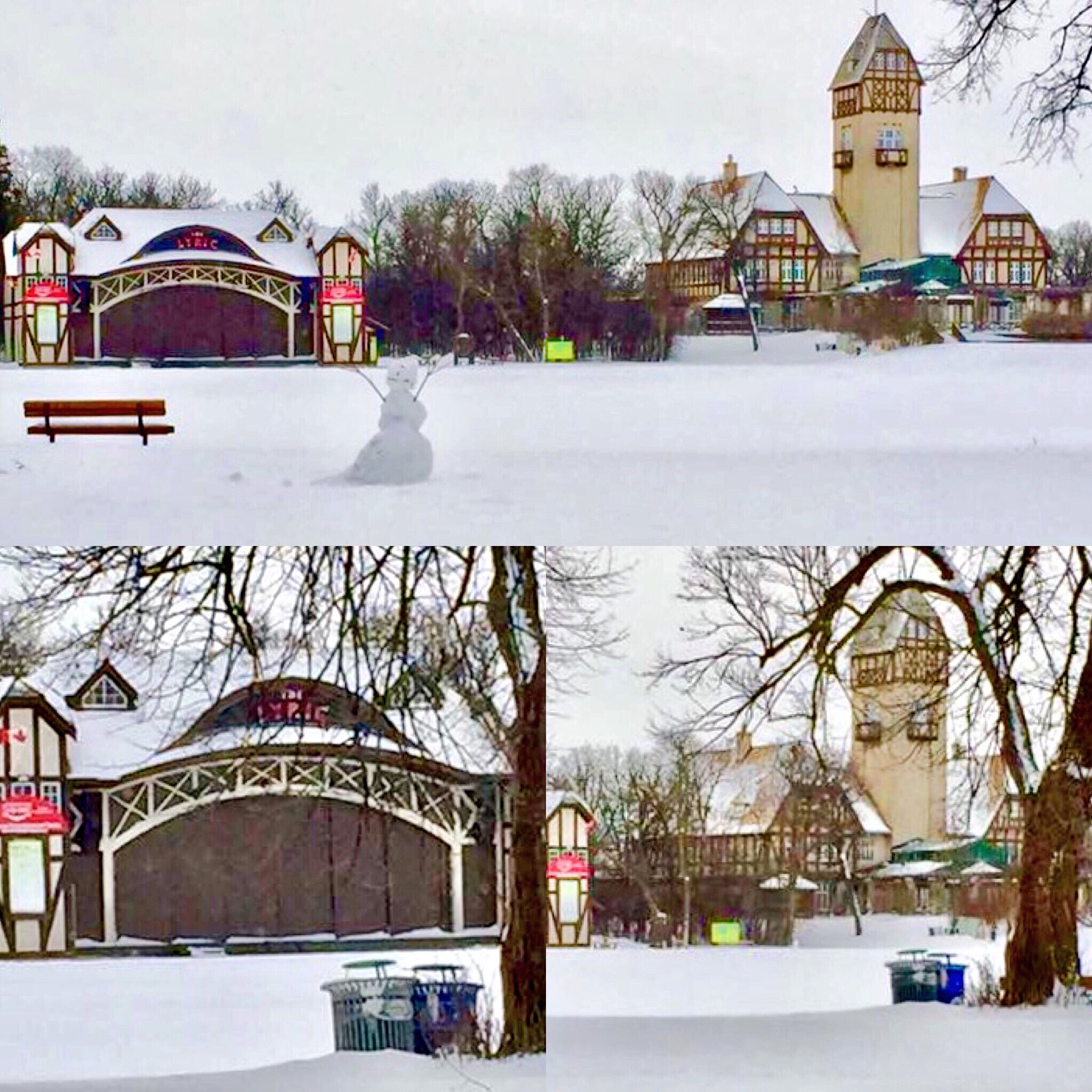
Next on our grand tour, Michelle drove us through downtown Winnipeg to the intersection of Portage and Main. I had first heard of this site in Winnipeg from The Amazing Race Canada and host Jon Montgomery. To be honest, about half of the destinations on this morning tour I had picked up from Jon and the race. I never realized just how interesting this city was; I had learned from the show that Winnipeg was located not just at the geographic center of Canada but also the geographic center of North America. In fact, Portage and Main, two of Winnipeg’s busiest roads, are known as Canada’s windiest intersection and are in close proximity to the longitudinal center of Canada. We rolled right past the MTS Centre, home ice for the Winnipeg Jets. Another thing that caught my eye near Portage and Main in Winnipeg’s Exchange District were the numerous painted billboards on the sides of old buildings. These were considered to be icons of the city; ghost ads from days gone by sitting alongside blinking lights and towering billboards.
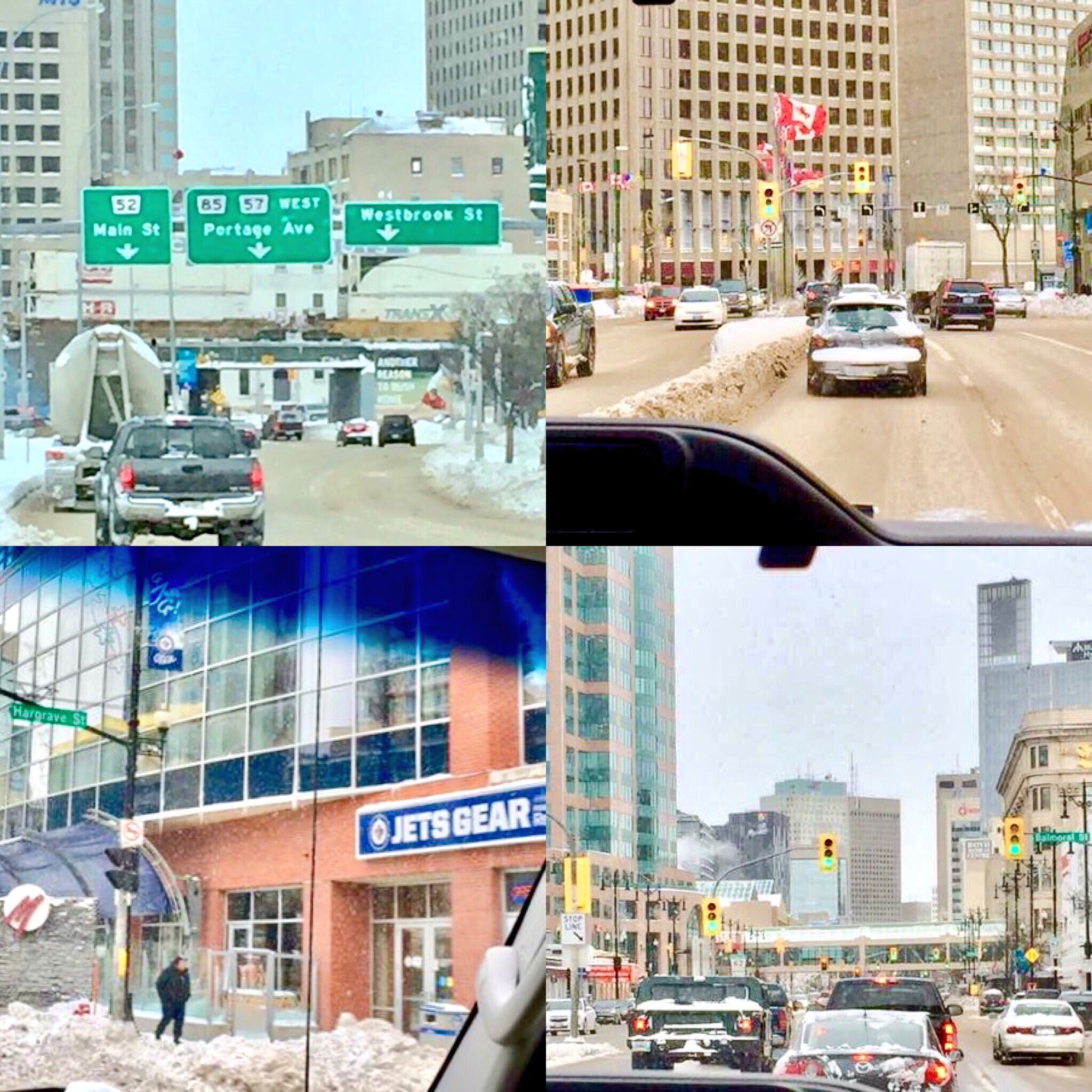
Right after cruising through downtown Winnipeg, we scooted over the Red River past Esplanade Riel. This lovely cable-stayed suspension bridge is paired with a vehicular bridge, the Provencher Bridge. The plaza provides space for commercial activities and as well as a restaurant. The Esplanade Riel is the only bridge with a restaurant in North America. Mon Ami Louis opened as the new tenant in July 2015, serving more “approachable” fare, as opposed to haute cuisine, replacing the original tenant, Chez Sophie.

Wrapping up our grand tour of Manitoba’s capital city was the ruins of one of Manitoba’s most prized landmarks: the facade of Saint Boniface Cathedral. It is the principal church in the Roman Catholic Archdiocese of Saint Boniface, serving the eastern part of Manitoba province as well as the local Franco-Manitoban community. It’s history dates back to 1818 when the first church here was in the form of a small log chapel. In 1832, the first cathedral was built but on December 14, 1860, a fire destroyed the first building. In 1862, the cathedral was rebuilt in stone. By 1900, Winnipeg had grown to one of the largest cities in North America and was in need of a larger cathedral. Local contractors were engaged to build a new cathedral; on August 15, 1906, Monsignor Louis-Philippe Adélard Langevin dedicated the cathedral, which became one of the most imposing churches in Canada. On July 22, 1968, the 1906 cathedral was damaged in a fire, destroying many features including the rose window. Only the massive stone facade, sacristy, and the walls of the old church remained. It was eerily reminiscent of the imposing Ruins of St. Paul cathedral facade in Macau, China. In 1972, a new smaller cathedral, designed by Étienne Gaboury and Denis Lussier, was built behind the 1906 façade.
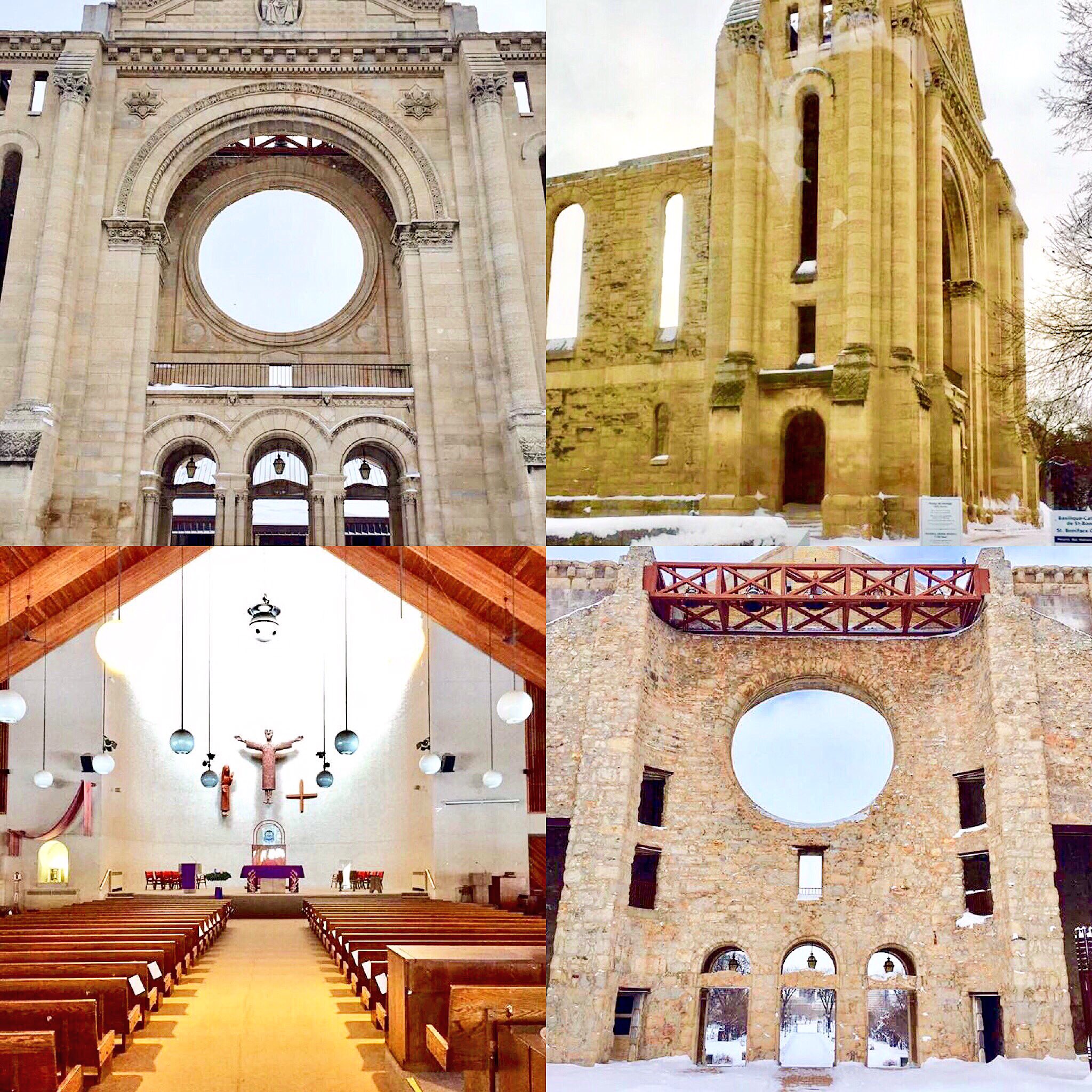
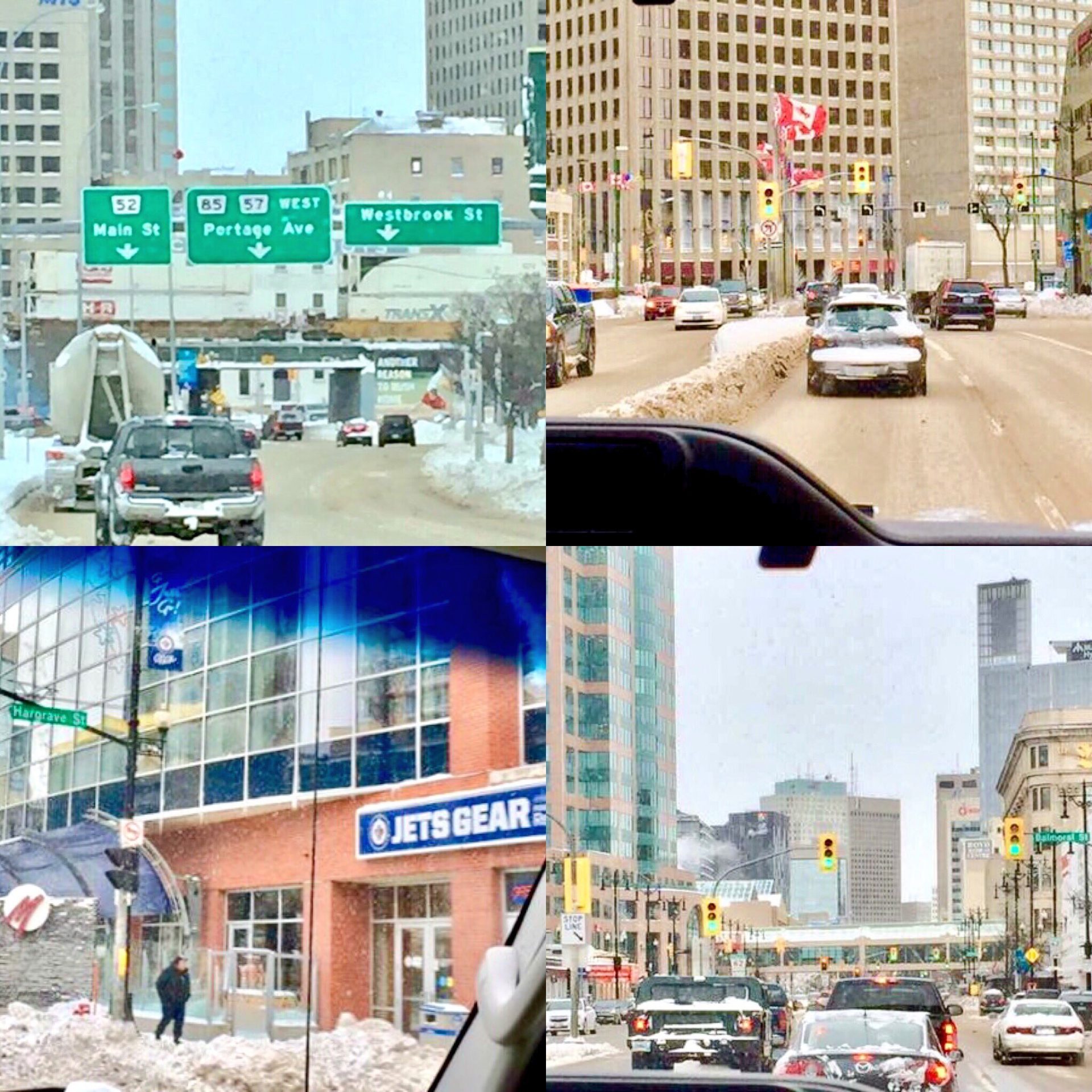

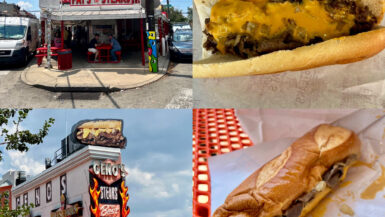

Another great write-up Jared…sounds like you had a great trip!!👍🏻😘